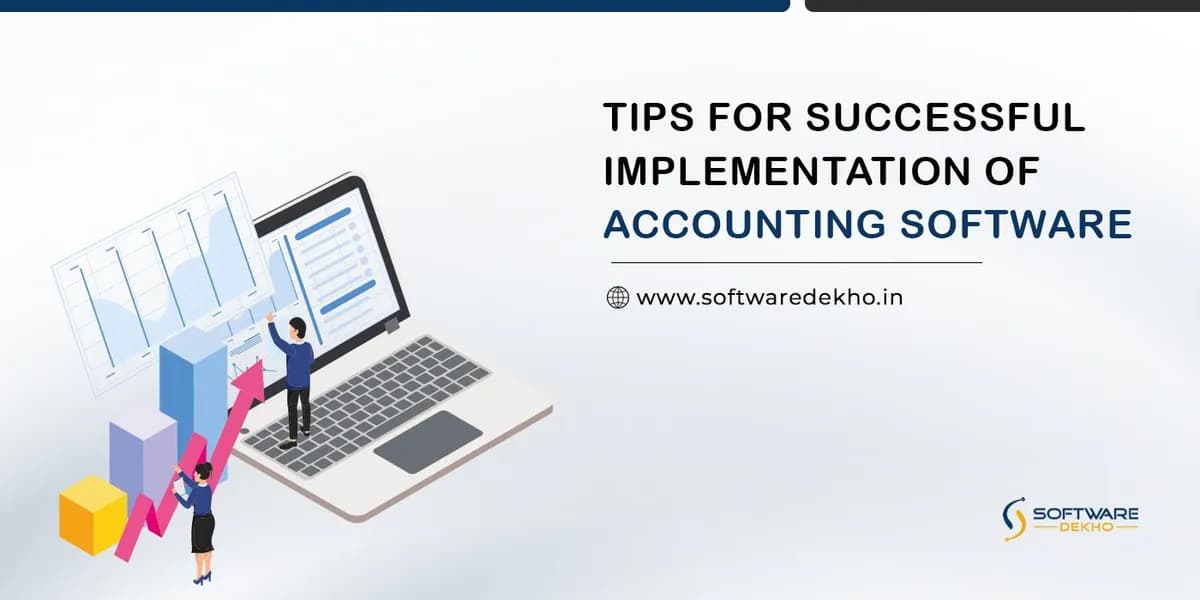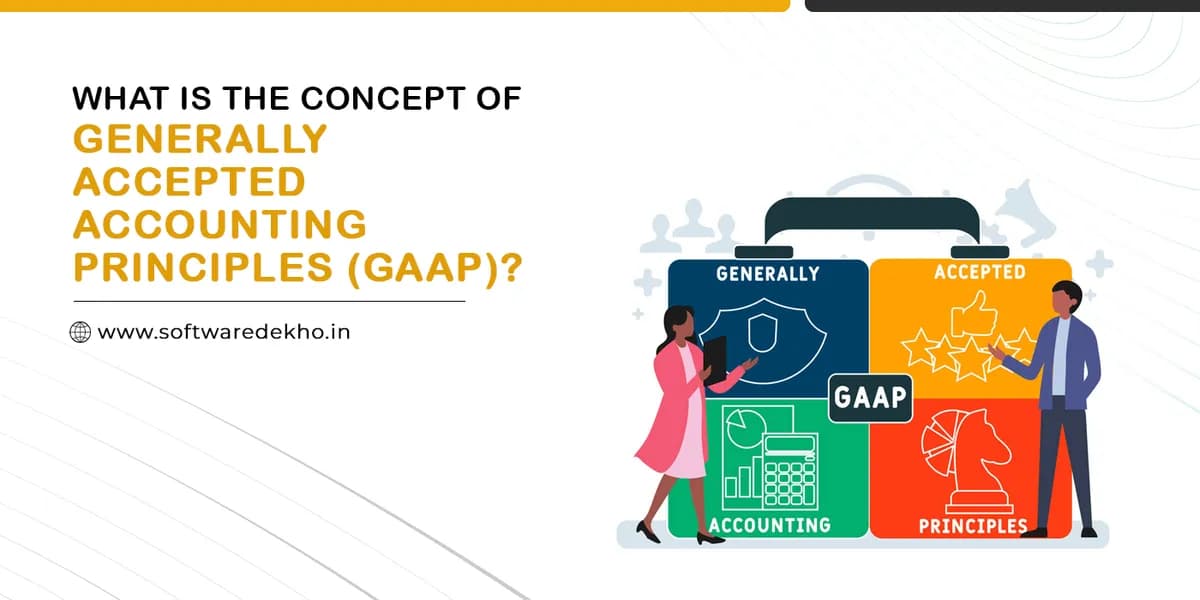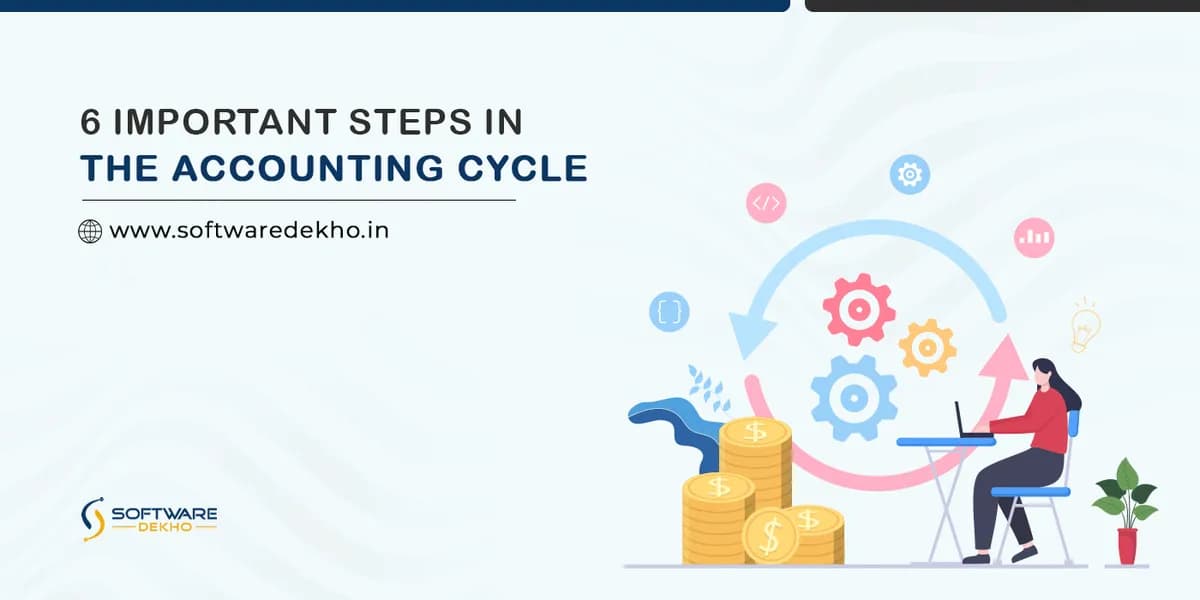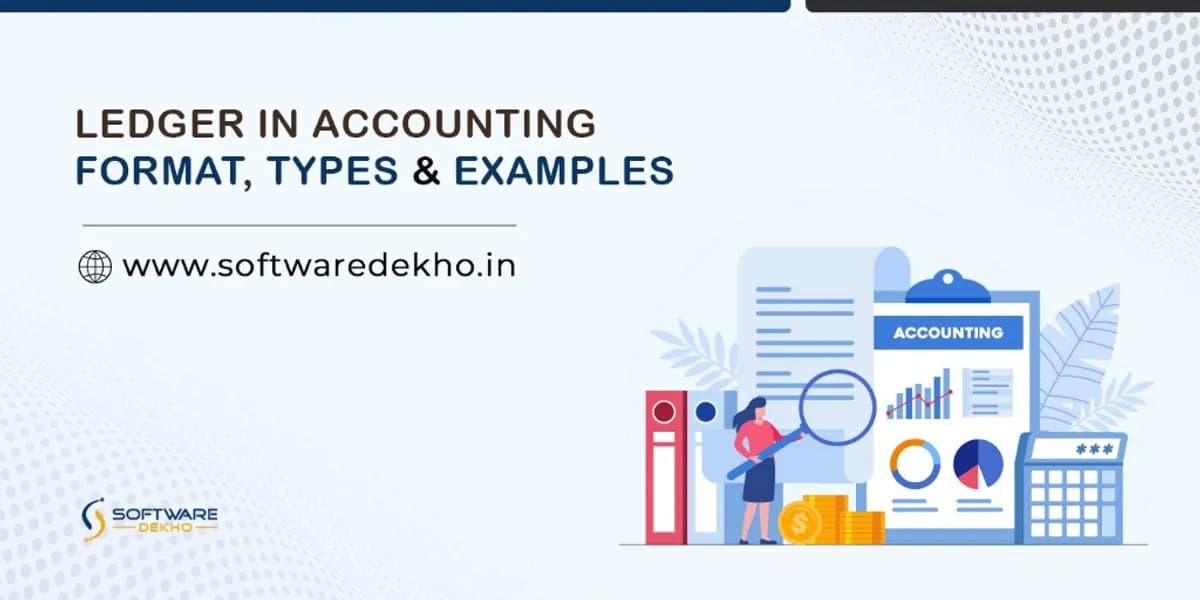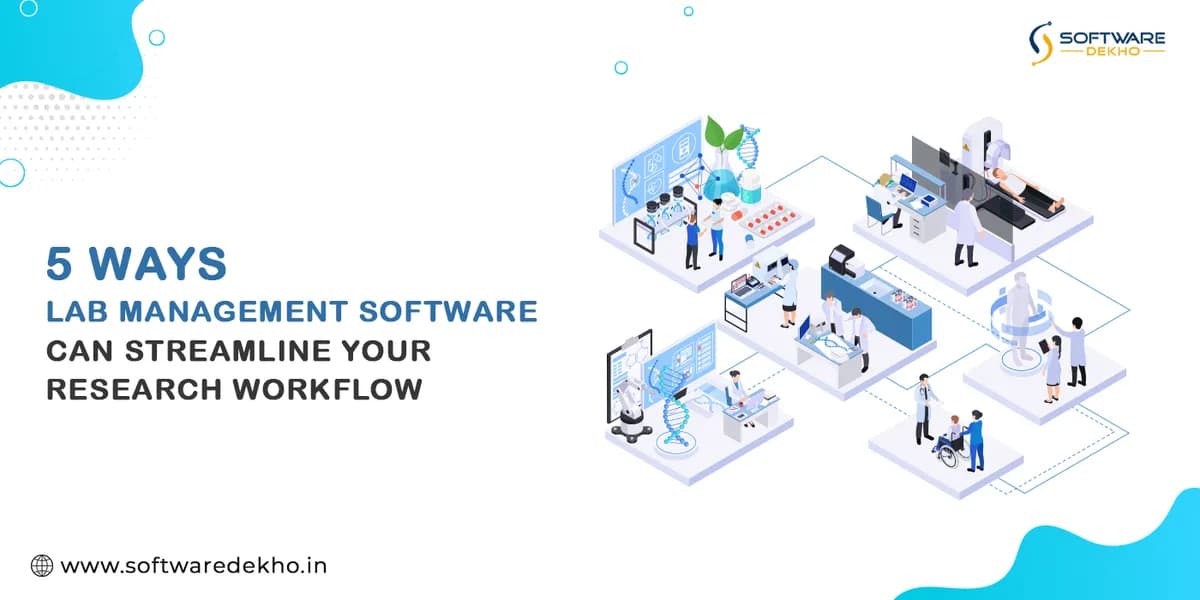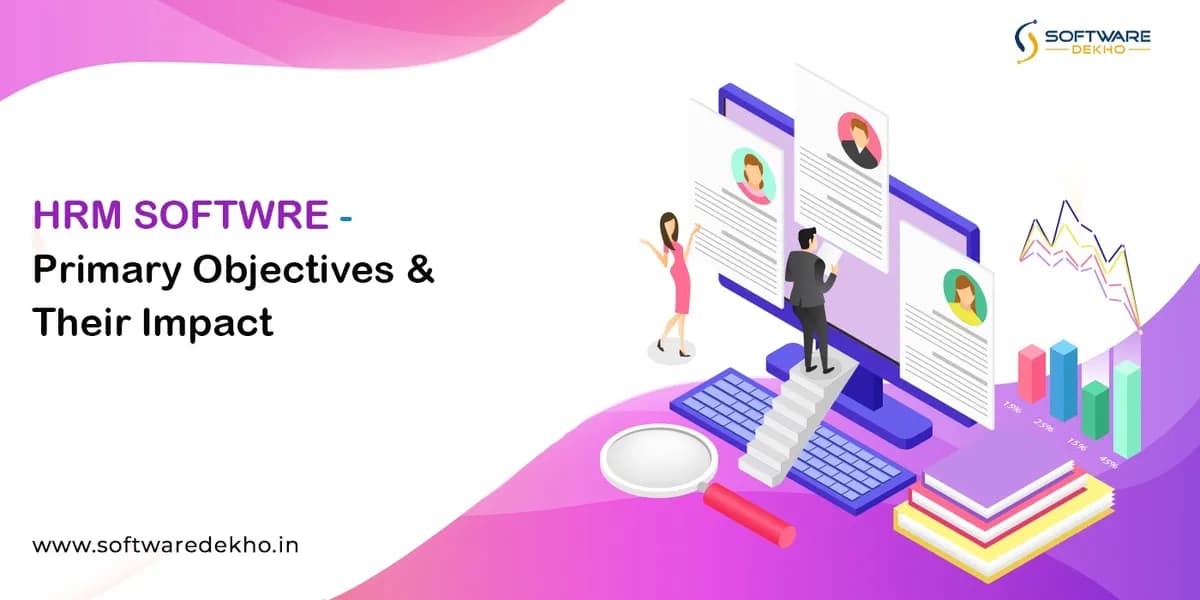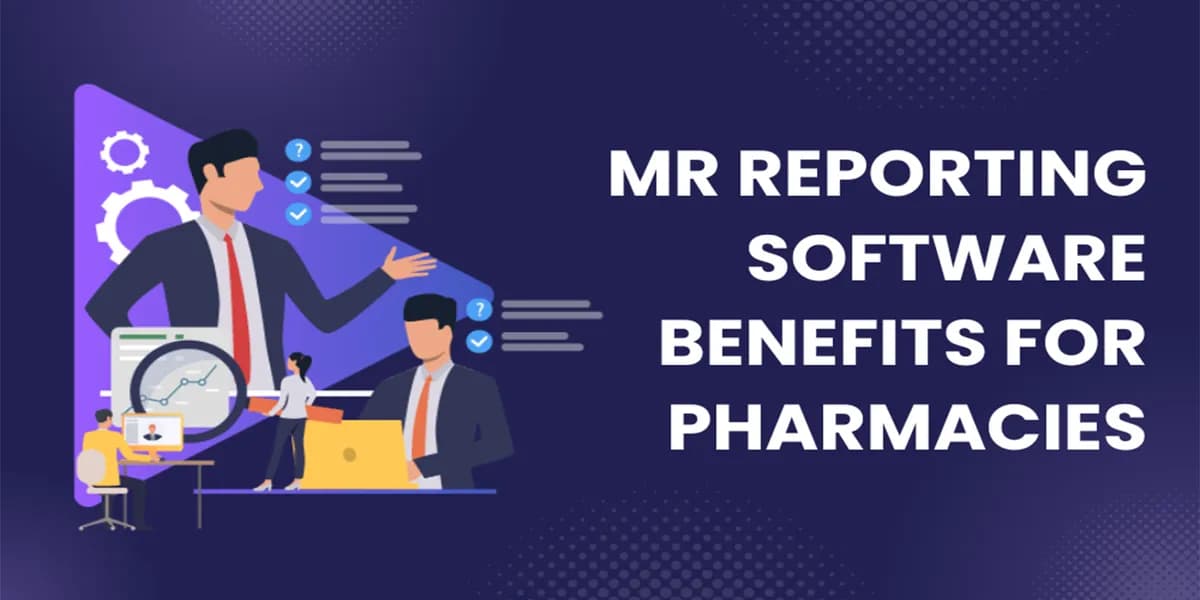Tips for Successful Implementation of Accounting Software
In today’s ever-changing business landscape, implementing accounting software has become a necessity for organizations of all sizes. Accounting software streamlines financial processes, enhances accuracy, and provides valuable insights for decision-making. However, achieving a successful implementation requires careful planning and execution. To ensure a seamless transition and maximize the benefits, this blog will provide practical tips for successfully implementing accounting software. We will explore the importance of defining objectives and requirements, conducting thorough research to find the best accounting software, creating a detailed implementation plan, preparing and migrating data, providing comprehensive training, monitoring and evaluating progress, customizing and integrating the software, prioritizing data security and backup, seeking professional assistance when needed, and ensuring ongoing support and updates.
Defining Objectives and Requirements:
Before you begin implementing accounting software, it is essential to clearly define your objectives and requirements. Take the time to assess your current business processes, identify pain points, and determine the specific functionalities you need from the software. Consider factors like scalability, integration capabilities, and reporting requirements. Having a clear vision will guide you in selecting the best accounting software that aligns with your business goals and meets your specific needs.
Conducting Thorough Research:
Thorough research is crucial to finding the best accounting software for your organization. Explore different software options available in the market and gather information about their features and capabilities. Read reviews from other users and seek recommendations from businesses in your industry. Consider factors such as user-friendliness, customer support, scalability, and security features. By conducting thorough research, you can make an informed decision and choose the accounting software that best suits your requirements.
Creating a Detailed Implementation Plan:
A detailed implementation plan is vital to successfully transitioning to new accounting software. Start by setting clear objectives and timelines for each phase of the implementation process. Define key milestones, allocate resources, and establish responsibilities for each team member involved. Develop a step-by-step plan that includes data migration, software installation, customization, and user training. Effective communication and collaboration within the team are essential to address any challenges or concerns that may arise during the implementation process.
Data Preparation and Migration:
Data preparation and migration are critical steps in implementing accounting software. Before migrating your data to the new software, ensure that it is clean, accurate, and well-organized. Remove any duplicate or outdated records and verify the integrity of your financial data. Develop a data migration strategy that involves mapping fields from your existing system to the new software. Conduct trial runs to identify and resolve any compatibility issues. Adequate data preparation will minimize disruptions and ensure a smooth transition to the new software.
Comprehensive Training:
Comprehensive training is key to the successful implementation of accounting software. Provide thorough training to all relevant employees, ensuring they understand the features and functionalities of the new software. Offer hands-on sessions, user manuals, and online resources to help your team become familiar with the software’s capabilities. Encourage open communication and address any questions or concerns to facilitate a smooth transition. Ongoing training and support should be provided to maximize the potential of the accounting software and keep your team updated with any new features or enhancements.
Monitoring and Evaluation:
Monitoring the performance and evaluating the effectiveness of the top accounting software is crucial once it has been implemented. Track key metrics such as processing time, accuracy of financial reports, and user satisfaction. Regularly review your workflows and make necessary adjustments to optimize the software’s usage. Stay updated with software updates and new features to make the most of the accounting software’s capabilities. Regular monitoring and evaluation will help you identify areas for improvement and ensure that the software continues to meet your business needs.
Customizing and Integrating the Software:
To further enhance the functionality of your accounting software, consider customizing it to suit your specific business needs. Many software solutions offer customization options that allow you to tailor the system to match your workflows and processes. Take advantage of these customization features to maximize efficiency and improve accuracy. This may involve configuring the software to accommodate specific industry requirements or creating personalized reports and templates.
Additionally, integration with other business systems is crucial for seamless data flow and eliminating manual data entry. Look for accounting software that offers integration capabilities with other tools such as customer relationship management (CRM) software, inventory management systems, or project management tools. Integration ensures data consistency across different departments and reduces the risk of errors. By integrating your accounting software with other business systems, you can streamline processes, improve collaboration, and gain a holistic view of your organization’s operations.

Data Security and Backup:
Ensuring the security of your financial data is of utmost importance when implementing accounting software. Look for software solutions that provide robust security features, such as encryption, user access controls, and regular software updates to protect your sensitive information from unauthorized access or data breaches. Verify that the software adheres to industry standards and regulations regarding data privacy and security.
Must Read: Comparing Free vs. Paid Accounting Software
Continuous Support and Updates:
After the initial implementation, it is important to ensure ongoing support and access to software updates. Choose accounting software providers that offer reliable customer support, including assistance with technical issues and software troubleshooting. Having access to timely support can help resolve any challenges that arise and keep your operations running smoothly.
Software updates are also critical to the long-term success of your accounting software implementation. Regularly check for software updates and take advantage of any bug fixes, security patches, or new features that are released. Staying up to date with the latest software versions ensures that you can maximize the benefits of the accounting software and adapt to changing business needs.
Conclusion:
Successful implementation of accounting software requires careful planning, thorough research, and effective execution. By following the tips provided, including customizing and integrating the software, prioritizing data security and backup, seeking professional assistance when needed, and ensuring ongoing support and updates, you can set the foundation for a seamless transition. Remember that open communication, comprehensive training, and continuous monitoring are essential for optimizing the use of accounting software. With the right strategies in place, you can streamline your financial processes, gain valuable insights, and make informed decisions to drive business growth and success.
Looking for a vendor to implement Accounting software for your business? Get in touch with us and our experts will help you find the best match!
You must conduct thorough research and read user reviews to choose the best software for your needs. So, take a look at our website to understand better!
